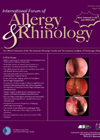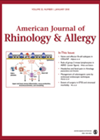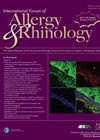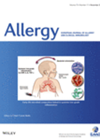
Journal Reviews
Comparing patient and surgeon concerns in sinus surgery
This prospective observational study had a total of 180 patients undergoing endoscopic sinus surgery for chronic rhinosinusitis with or without polyposis. Data was analysed using descriptive statistics and analysis of variance. Subjects felt the greatest level of concern regarding potential...
Passive smoking and rhinosinusitis
One would expect that subjects exposed to more passive smoke would have a significantly increased level of rhinosinusitis. This study looked at a reasonable number of sinusitis and control subjects (404 and 165) using hair nicotine as an assessment of...
The impact of rhino-sinusitis treatment on olfaction
This study included 28 adults prospectively enrolled between March 2011 and May 2013 into a non-randomised, multi-institutional cohort. Adults electing endoscopic sinus surgery experienced gains in olfaction comparable to adults electing continued medical management. The evidence in this study comparing...
Is there a cause-and-effect relationship between allergic rhinitis and chronic rhinosinusitis?
This review examines the possible causative relationship between allergic rhinitis (AR) and chronic rhinosinusitis (CRS) that has long been proposed. Many observational and experimental studies exist, however no clear and definitive connection has been established. This is mainly due to...









